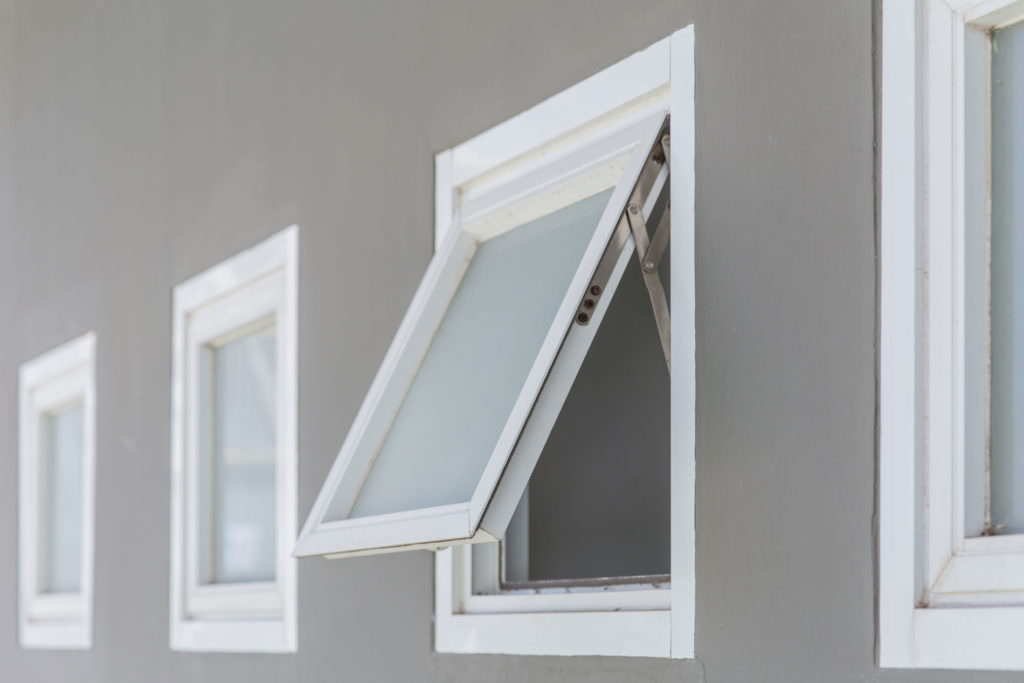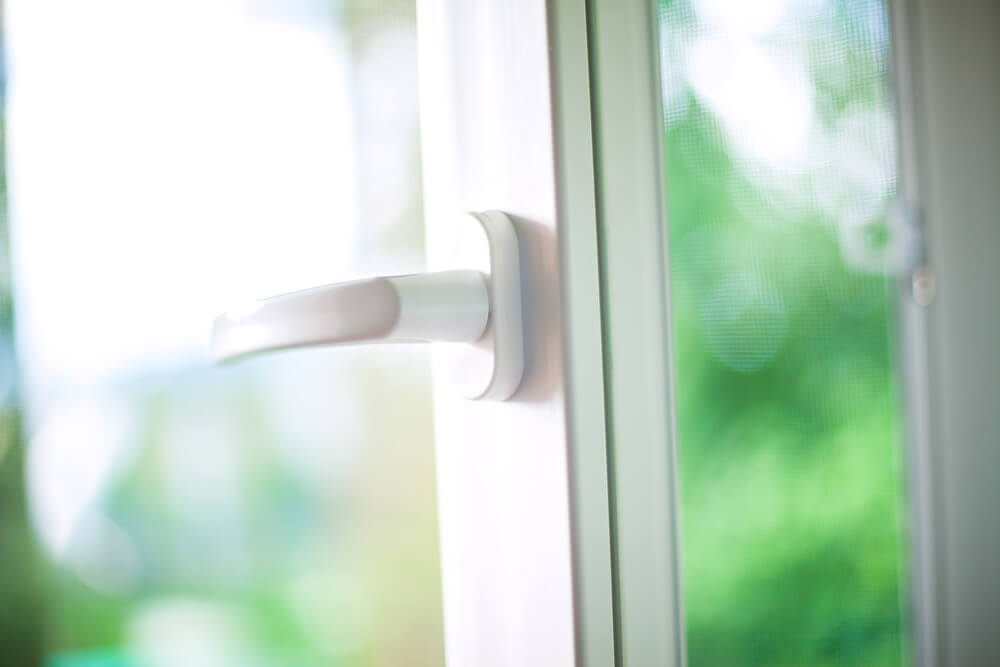Even with modern innovations in window technology, condensation continues to be a problem in homes across the country. The mild and humid climate we have here in the UK can often make condensation appear inevitable and can cause some worry when those little droplets start appearing on the windows regularly.
Condensation happens when the water vapours in the air come into contact with a lower temperature surface and leave droplets of water on the surface behind. Single glazed windows are the most prone to condensation as they don’t retain heat well, often becoming as cold as the air temperature outside. Problems can arise down the line as excessive condensation can lead to build-ups of black mould, which can harm the house’s occupant.
Double glazed and secondary glazed windows offer higher protection levels from condensation than single glazing but do so in different ways. A double glazed window has two panes of glass with a space between them. This space can be a vacuum or filled with a gas such as Argon. This space stops heat transfer between the two panes of glass from your house to the outside. On the other hand, secondary glazing involves installing a layer of glass on the inside of a single glazed window. The glass layer protects against the cold and keeps the heat from coming directly into contact with the pane of glass touching the cold air outside.
Both double glazing and secondary glazing offer adequate protection from condensation but determining which is better can be tricky.
Double Glazed Windows and Condensation Prevention
Double glazed windows tend to be considered the best option for insulating heat in your home. Most can cut down heat loss by 40-50%, with some even reaching as high as 65% if the gap between the two panes is filled with a thermally insulating gas. The resulting temperature of the inner pane compared to the outer pane is much higher. As a result, the water vapour in your house is not likely to deposit onto the inner pane of the window because the surface temperature is not lower than the air in your home. Compared to a single glazed window, the single pane is in contact with both the cold air outside and the warm air in your home. Any water vapour in the air in your home will come into contact with the cold surface of the single pane of glass and will deposit droplets through condensation. Therefore, water droplets are less likely to appear by having a warmer inner pane.
However, there are several key issues with double glazing that can make it an invalid option for preventing condensation. Firstly, if you don’t already have double glazed windows in your building, it can be incredibly difficult to have them installed as they require an entirely new unit to be built to house them. Furthermore, this can be a costly process that can take some time, especially if the occupant has to acquire certain permissions to change certain property elements. Finally, condensation can still occur on double glazed windows if poorly ventilated the building. Humans (and pets!) breathe out moisture throughout the day, and in spaces with little ventilation, particularly smaller ones, windows can appear to be steaming up. Water droplets can form from this steam, and condensation is happening regardless of how warm it is within the building.
Secondary Glazed Windows and Preventing Condensation
Secondary glazing goes a long way to answering these key issues. As a fitting rather than a new installation, secondary glazing allows the occupant to retain the aesthetic of their home and not have to acquire permissions if their home requires it. In addition, secondary glazing can be fitted quickly and easily, circumventing the practical issues of installing double glazing cost-effectively. Secondary glazing provides adequate heat insulation for homes with single glazed windows installed. However, the main benefit of secondary glazing compared to double glazing is the level of ventilation for the property that isn’t achievable through double glazing. Ventilation is one of the most effective ways of preventing condensation because it allows the water vapour in the building to disperse outside. We are all breathing moisture into the air, and it helps to give that moisture somewhere to go instead of becoming trapped in the property with us.
Whilst double-glazing does cut down heat loss significantly, its lack of ventilation can hinder it from preventing condensation. As a cheaper and often more practical alternative, secondary glazing offers good levels of insulation, coupled with good levels of ventilation that go a long way to preventing condensation. Therefore, whilst both types of windows are excellent at reducing and preventing condensation, secondary glazing tends to win out when comparing the two.
If you’re interested in Oakland Home Improvements secondary glazing you can get in touch with our online form or you can check our double glazing quote engine and see how much your new window could cost today.













